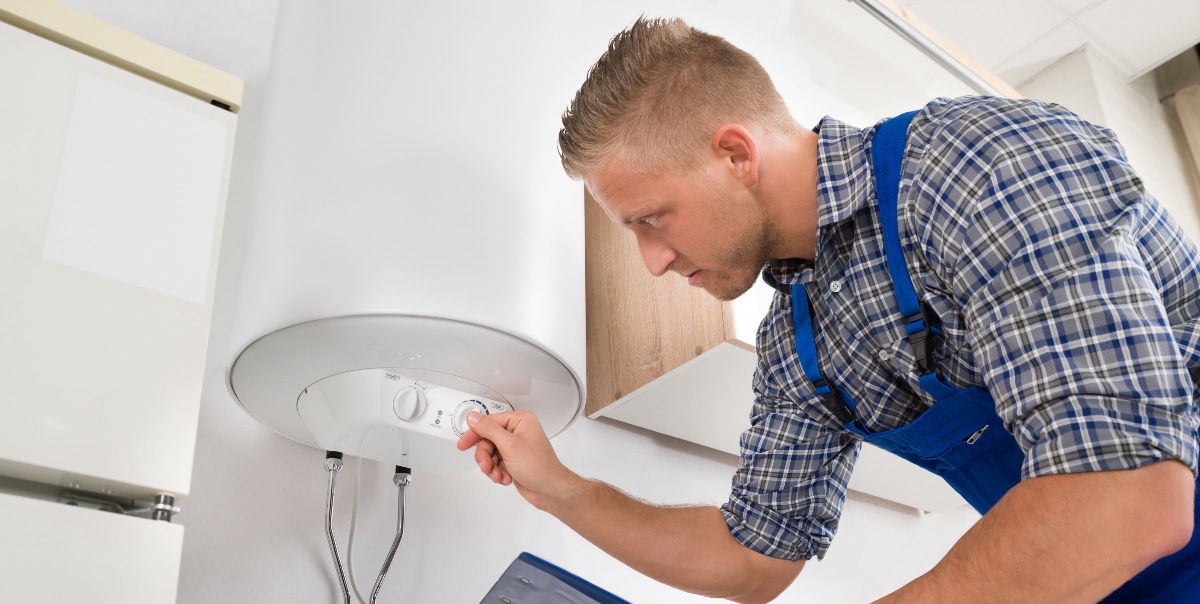Expert Tips on Maintaining Your Home's Hot Water System
Expert Tips on Maintaining Your Home's Hot Water System
Blog Article
What're your thoughts about How to Maintain a Hot Water Heater in a Few Simple Steps?

Warm water is necessary for day-to-day convenience, whether it's for a rejuvenating shower or cleaning recipes. To ensure your warm water system runs efficiently and lasts much longer, regular upkeep is crucial. This article gives useful tips and understandings on how to preserve your home's warm water system to prevent disturbances and costly repairs.
Introduction
Preserving your home's warm water system could appear challenging, however with a couple of basic actions, you can guarantee it operates efficiently for years to find. This guide covers whatever from understanding your warm water system to DIY maintenance pointers and recognizing when to call professional assistance.
Value of Keeping Your Warm Water System
Normal maintenance not only extends the lifespan of your hot water system but also ensures it operates efficiently. Disregarding maintenance can cause reduced effectiveness, higher energy costs, and even early failing of the system.
Indications Your Warm Water System Demands Upkeep
Knowing when your hot water system requires interest can protect against significant concerns. Keep an eye out for indicators such as irregular water temperature level, weird sounds from the heating system, or corroded water.
Purging the Hot Water Heater
Purging your hot water heater gets rid of sediment buildup, improving performance and extending its life.
Checking and Changing Anode Rods
Anode poles protect against corrosion inside the tank. Examining and replacing them when worn out is crucial.
Complex Concerns Calling For Specialist Aid
Instances include major leaks, electric troubles, or if your hot water heater is continually underperforming.
Regular Expert Maintenance Advantages
Professional maintenance can include detailed assessments, tune-ups, and making sure compliance with safety and security requirements.
Examining and Changing Temperature Level Settings
Adjusting the temperature level setups guarantees optimum efficiency and security.
DIY Tips for Maintenance
You can do several maintenance jobs on your own to keep your hot water system in leading problem.
Checking for Leakages
Consistently check pipes and connections for leakages, as these can result in water damages and greater bills.
Recognizing Your Warm Water System
Before diving right into maintenance jobs, it's practical to understand the standard elements of your warm water system. Usually, this consists of the water heater itself, pipes, anode poles, and temperature level controls.
Regular Monthly Maintenance Tasks
Normal regular monthly checks can help capture minor concerns before they rise.
Evaluating Stress Alleviation Valves
Checking the stress relief valve guarantees it works correctly and avoids excessive pressure build-up.
Shielding Pipelines
Insulating hot water pipelines minimizes heat loss and can save energy.
When to Call a Specialist
While do it yourself maintenance is helpful, some issues call for professional know-how.
Verdict
Routine upkeep of your home's warm water system is vital for performance, long life, and cost financial savings. By following these ideas and knowing when to seek specialist help, you can make sure a trusted supply of hot water without unforeseen disturbances.
How to Maintain an Instant Hot Water Heater
Before tinkering with your hot water heater, make sure that it’s not powered on. You also have to turn off the main circuit breaker and shut off the main gas line to prevent accidents. Also turn off the water valves connected to your unit to prevent water from flowing into and out of the appliance. 2. When you’re done, you have to detach the purge valves’ caps. These look like the letter “T†and are situated on either side of the water valves. Doing so will release any pressure that has accumulated inside the valves while at the same time avoid hot water from shooting out and burning your skin. 3. When the purge valves’ caps are removed, you have to connect your hosing lines to the valves. Your unit should have come with three hoses but if it didn’t, you can purchase these things from any hardware or home repair shops. You can also get them from retail stores that sell water heating systems. Read the user’s manual and follow it to complete this task properly. When the hosing lines are connected, open the purge port’s valves. 4. You should never use harsh chemical cleaners or solutions when cleaning your unit. Make use of white vinegar instead. It should be undiluted and you’ll probably use about 2 gallons. 5. Now flush your water heater. This task should probably take about 40 minutes. We can’t give you specific directions for this because the procedure is carried out depending on the type, model and brand of your heater. With that being said, refer to the user’s manual. 6. When you’re done draining the unit, you have to turn off the purge port valves again. Remove the hosing lines that you earlier installed on each of the water valves. Put the valve caps (purge port) back in their respective places and be very careful so as not to damage the rubber discs that are found inside these caps. 7. Now that everything’s back in place, check your user’s manual again to find out how to reactivate your water heating system. 8. Once it is working, turn one of your hot water faucets on just to let air pass through the heater’s water supply pipes. Leave the tap on until water flows smoothly out of it. https://www.orrplumbing.com/blog/2014/september/how-to-maintain-an-instant-hot-water-heater/

We had been made aware of that report about How to Maintain a Hot Water Heater in a Few Simple Steps through a friend on our other web blog. Do you know about another individual who is in to the topic? Take a moment to promote it. We truly appreciate your readership.
Book Your Service Report this page